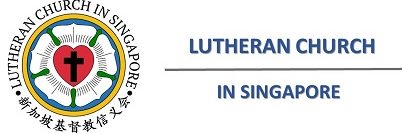LCS Study Trip 2024 – 23rd Sept – 4th Oct
Rev. Andrew Thinagaran
I led the 2024 LCS study trip with 27 LCS members. The trip can be divided into three parts. First, an introduction to the work of Mission One World (Mission EineWelt ) which hosted us. Second, a guided tour of some Reformation cities. Third, a visit to WWII sites.
Over three days, we were introduced to the impact of Rev. Wilhelm Löhe. He was a radical pastor and sometimes had conflicts with the church authorities. He was posted to the small village of Neuendettelsau to “keep him quiet.” He established a strong Lutheran presence in that village and the deaconess movement, currently a large social welfare organisation. He sent out pastors who established some of the American Lutheran churches. He also sent pastors to Australia, New Guinea, Brazil, and Ukraine.
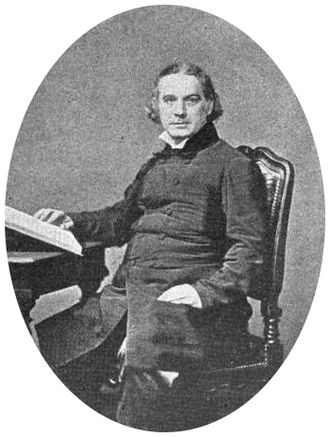
Rev. Wilhelm Löhe
(1808-1872)
Besides Missions, Löhe saw the plight of the uneducated women in the village. He trained them to be care givers and health educators. We toured the large diaconia works which consist of academic schools, factories for the less abled, church services and other social agencies.
Lesson #1 : A man devoted to Christ’s call had a huge impact in missions and social life.
Over 4 days, we toured Wartburg Castle (Eisenach), St. Augustine’s Monastery (Erfurt), St. Maria Church (Torgau) and Castle Church (Wittenburg). Wartburg Castle was where Luther hid after being declared an outlaw. He stayed for a year translating the Bible into German.
Luther studied at the University of Erfurt and moved to St. Augustine’s Monastery as a friar. In 1507, Luther was ordained as a priest at Erfurt Cathedral. Erfurt is famous for Bach music to this day.
At Torgau, Luther’s wife Katharina died. It was here that the Torgau articles were written.
At Wittenburg, Luther nailed the 95 Thesis on the door of the Castle Church. Luther taught at the university of Wittenburg. The tombs of Luther and Melanchthon are in the Castle Church.
Lesson #2: One man used by God can change the course of history.
Over the last days, we toured the small village of Modlareuth, the walled city of Rothenburg, Nuremberg and Eltersdorf. The first three are related to WWII sites and the last is where we visited Rev. Christian Schmidt. Modlareuth serves as a village where the Berlin wall ran through splitting the village and its families into two. It is a grim reminder of the realities and devastation of war.
Rothenburg is known for its medieval architecture. The town walls include many preserved gate houses and towers. St. Jakob’s Church is on a medieval pilgrimage route to St. James Church in Santiago de Compostela, Spain.
Nuremburg became an important political city in the Middle ages. The Nazi Party used it as the site of huge Nazi Party conventions. Adolf Hitler held huge Nazi propaganda events to promote Nazi ideals. Nuremburg trials were held for war crimes after WWII.
Eltersdorf is home to Aegidius Church where Rev. Christian Schmidt serves. He introduced the church history and its current work in reaching out to the youths and serving the community.
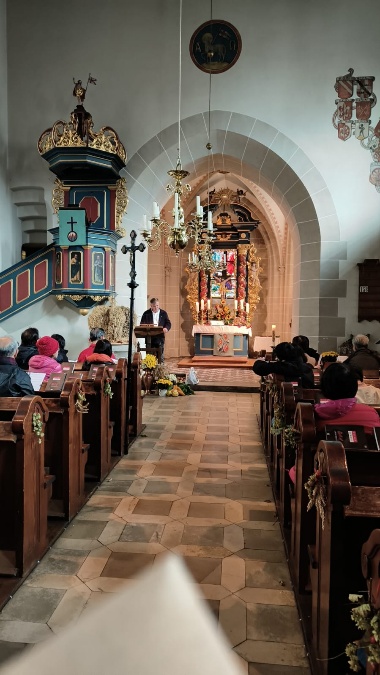
Rev. Schmidt speaks to the team
Lesson #3 : It is good to know history but learn from it to serve the present generations.
2024年新加坡信义宗教会学习之旅 – 九月二十三日至十月四日
安德鲁·西纳加兰牧师
在上述期间,我带领二十七位新加坡信义宗教会成员前往德国,开展了本年度的学习之旅。此次行程主要有三大部分:第一,了解我们的接待方“使命全球”(Mission EineWelt)的工作;第二, 参访与欧洲宗教改革历史相关的城市;第三,参观二战遗址。
在为期三天的行程中,我们深刻体会到威廉·勒牧师(Rev. Wilhelm Löhe)深远的影响力。他是一位极具开创性的神职人员,时常因其激进的理念与教会当局发生冲突。为了“让他保持低调”,他被派驻于诺恩德特尔绍(Neuendettelsau)这个偏远小村庄。然而,威廉·勒牧师并未因此止步,他在该村庄建立了一股强大的信义宗影响力,并推动了支持女性担任执事的运动。这一运动如今已成为了一所大型的社会福利机构。此外,他还派遣牧师前往美国,建立了多所信义宗教会。同时也向澳大利亚、新几内亚、巴西和乌克兰等地拓展,扩大了信义宗在全球的影响力。
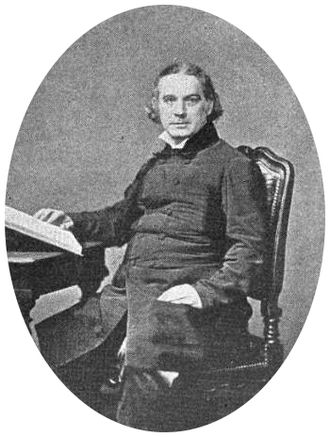
威廉·勒牧师(1808-1872)
除了宣教工作之外,威廉·勒牧师还关注村中缺乏教育的女性的困境,并为她们提供培训,使其成为护理人员和卫生保健教育者。我们参观了大规模教会社会服务机构,其中包括了学术学院、为残障人士设立的工厂、教会服务以及其他社会公益团体。
总结一:献身于基督召唤者可于宣教工作与社会服务事项上被神大力使用。
在接下来的四天中,我们参访了位于艾森纳赫(Eisenach)的瓦特堡城堡(Wartburg Castle)、爱尔福特(Erfurt)的圣奥古斯丁修道院(St. Augustine’s Monastery)、托尔高(Torgau)的圣玛利亚教堂(St. Maria Church),以及维滕堡(Wittenberg)的城堡教堂(Castle Church)。瓦特堡城堡是路德被罗马教廷驱逐后的藏身之地,他在这里隐居一年,并将《圣经》翻译成德文。
马丁路德曾在爱尔福特大学(University of Erfurt)学习,随后作为修士进入圣奥古斯丁修道院(St. Augustine’s Monastery)。1507年,路德在爱尔福特大教堂(Erfurt Cathedral)受任神职。爱尔福特目前以巴赫音乐闻名于世。
路德的妻子凯瑟琳(Katharina)过后在托尔高(Torgau)病逝。托尔高条款(Torgau Articles)也在此地编写。
在维滕堡,路德将《九十五条论纲》钉在了城堡教堂(Castle Church)的门上。路德曾在维滕堡大学(University of Wittenburg)任教。他和梅兰希通(Melanchthon)的墓地都位于城堡教堂内。
总结二:以神职为己任者可以改变历史。
在最后几天中,我们参观了小村庄默德拉伊特(Modlareuth)、围墙城市罗滕堡(Rothenburg)、纽伦堡(Nuremberg)和埃尔特斯多夫(Eltersdorf),三个二战遗址。最后一站我们拜访了克里斯蒂安·施密特牧师(Rev. Christian Schmidt)。默德拉伊特曾被柏林墙割裂为二。村里不少人因此骨肉分离,令人深刻体会到战争的残酷和破坏性,不胜唏嘘。
罗滕堡以其中世纪建筑而闻名,城墙中保留了许多完好的门楼和塔楼。圣雅各布教堂(St. Jakob’s Church)位于一条通往西班牙圣地亚哥·德孔波斯特拉的中世纪朝圣路线上。
纽伦堡是中世纪一个重要的政治城市。后来的德国纳粹党利用该地举办了大规模的集会;独裁者希特勒在此大力宣染纳粹思想。二战结束后,纽伦堡成为审判战犯的标志性地点。
埃尔特斯多夫是艾吉迪乌斯教堂(Aegidius Church)的所在地,克里斯蒂安·施密特牧师在此受任神职。他向我们介绍了教堂的历史以及目前青少年群体和社区服务工作的近况。
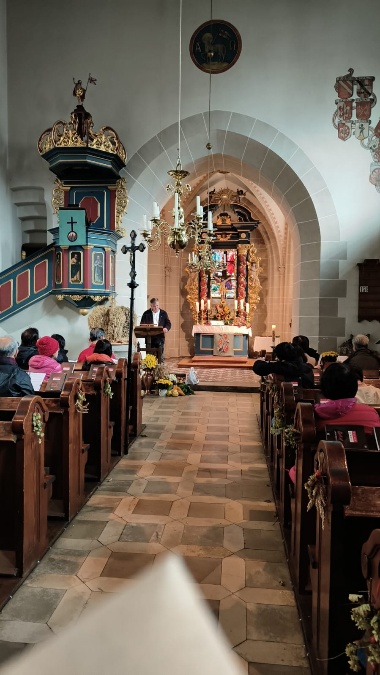
克里斯蒂安·施密特牧师向我们团队介绍当地近况
总结三:应当以史为鉴,服务目前社会所需。
